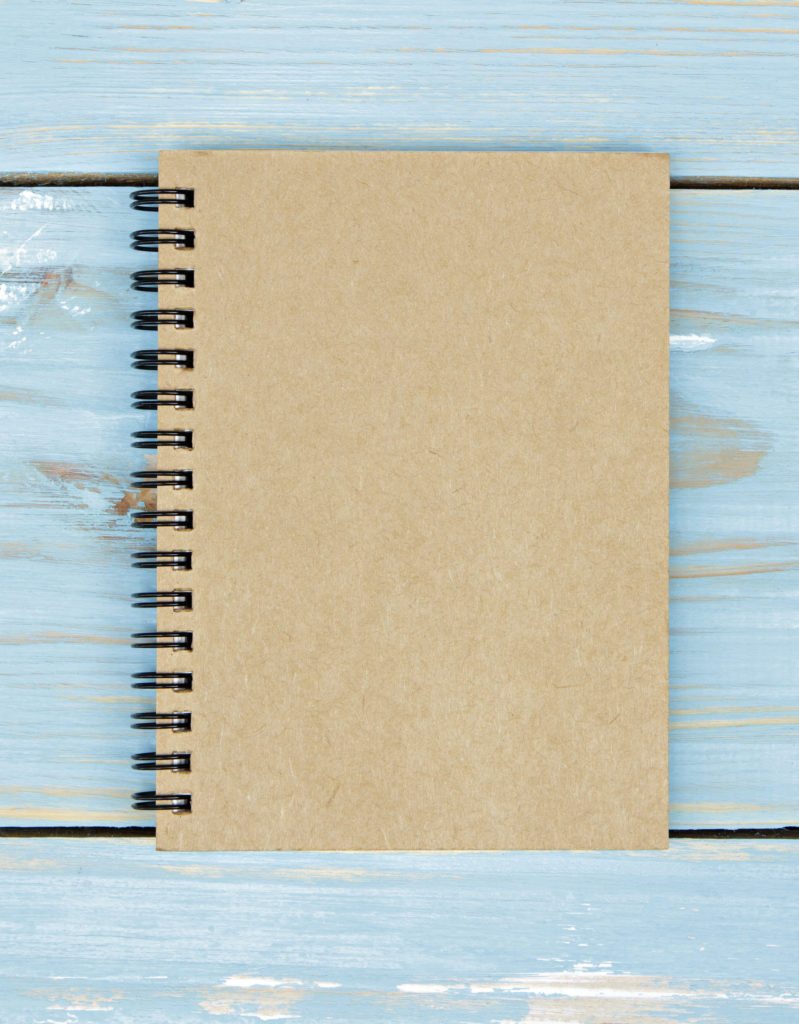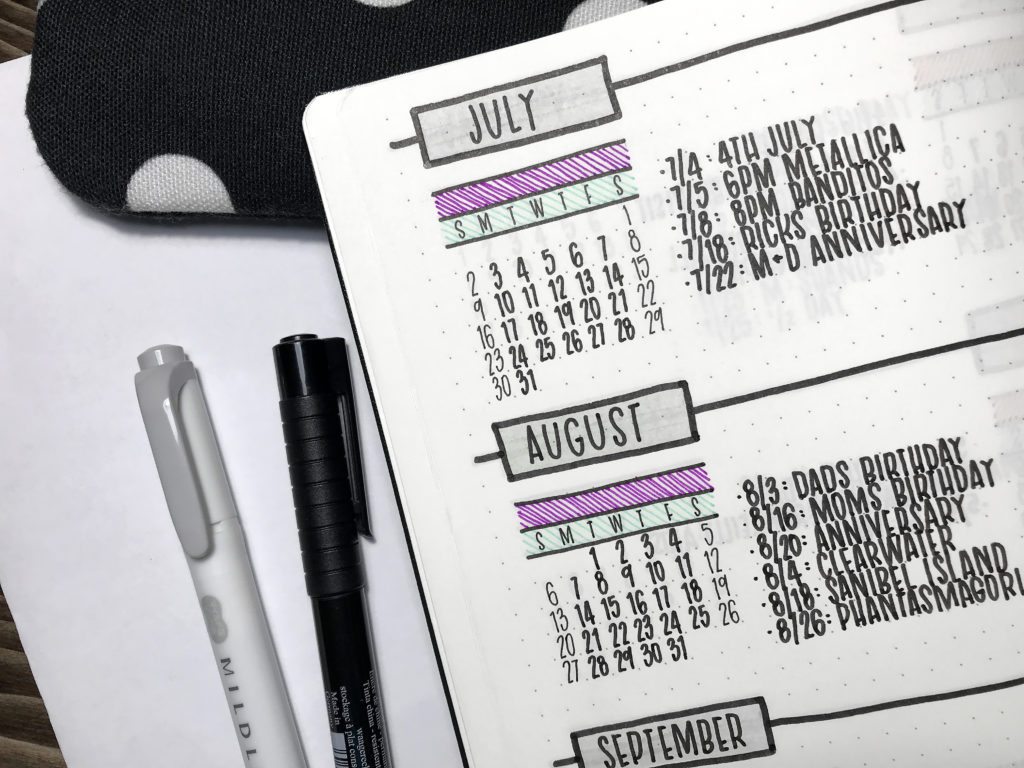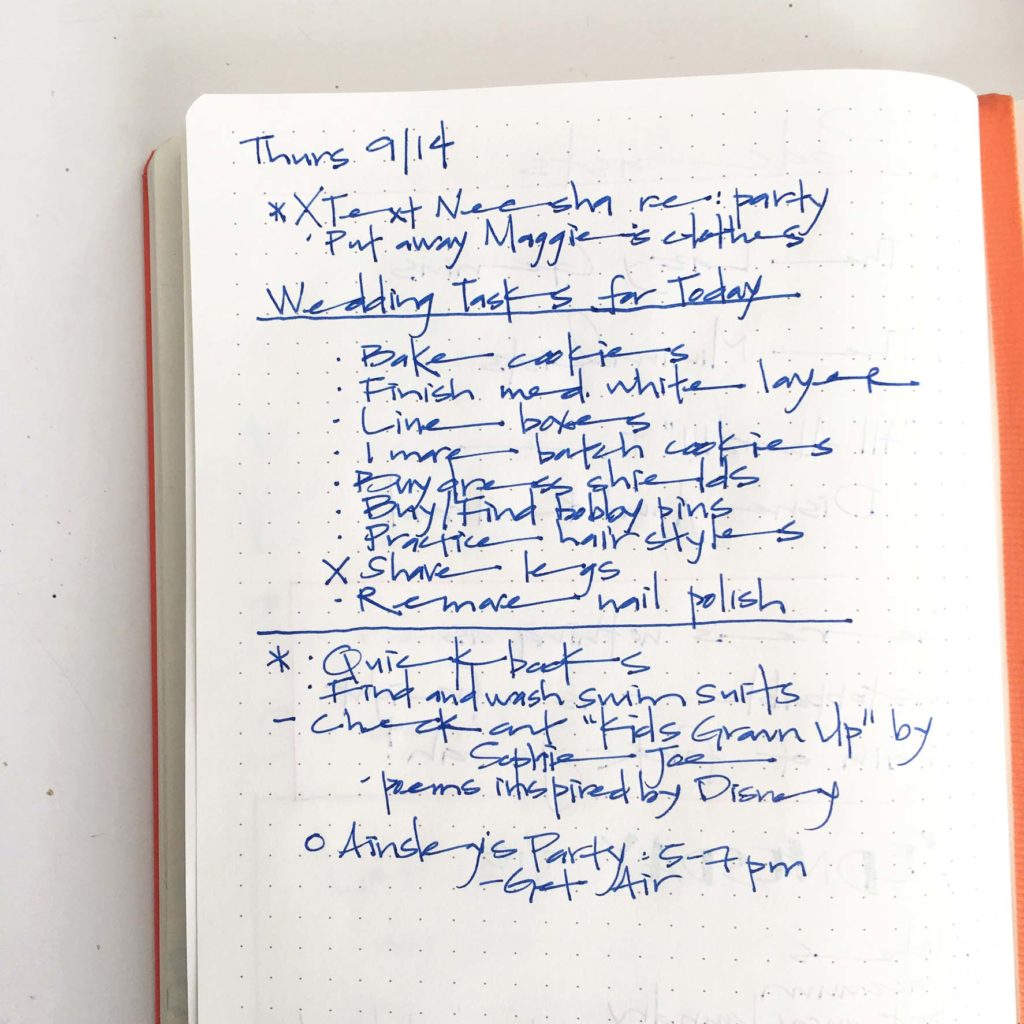Journaling is a way to get organized, explore emotions, capture memories and more. Read on to find out more.

When I was 13, my brother confiscated my diary.
I didn’t realize he’d done such a dastardly deed until he appeared in the doorway of my room, holding that cherished secret book in his hands and proceeded to read out loud from the page on which I’d poured out my heart, in the most flowery language possible, about my latest crush.
I was mortified. And furious.
After I managed to recover the diary—at that stage I could still out-wrestle him—I found a better hiding place for my little book.
As years passed, writing in a diary segued into keeping a journal. For me, baring my soul on a blank page came easily—that’s what writers do, after all. But most people who keep a journal don’t make a living writing.
Participants in a University of Iowa study found that when they journaled about stressful events, focusing on their thoughts and emotions combined (rather than just feelings), it helped them to better deal with the experience.
Other benefits of journaling include:
- Clarifies your thoughts
- Opens your mind to creativity
- Helps with organization and productivity
- Provides a way to remember experiences/events/emotions
- Serves as a source of inspiration
- Can make goals/dreams more focused
- May help solve problems
Although the word “journal” tends to make one think of an actual book with blank pages, you can also keep a digital journal using your computer or device, if that’s more your style. To go the book route, you can buy a hardcover or paperback blank book at an office supply or home goods store, or purchase one online. A spiral-bound notebook may also work for you.
If the current trend of journaling has intrigued you, let this serve as a general guide on the various ways you can put your inner world onto paper (or screen). A journal can be about anything you wish—that’s the beauty of it. If you’re searching for more specific direction, here are some of the more popular types of journals. Whether you write on a daily basis or not, be sure to date each entry. Simply find a style that works for you and get started.
Diary Style
Features the highlights and accomplishments of your day or week, depending on how often you write. Write in any style you like, full sentences or not, as much or as little as you like.
Dream Journal
Record your dreams as closely as you can remember, preferably right after you wake up. In some cases, therapists have used a patient’s dream journal to help diagnose serious health and/or relationship problems. You may choose to write down your dreams more for entertainment value than to delve into your psyche, but the more detail you include, the better.
Gratitude Journal
You get more of what you focus on, so why not focus on being grateful? One idea is to write down three (or whatever number you choose) things you’re grateful for that day. A gratitude journal is also a great way for kids to get into the habit of journaling.
Freestyle Journal
You’ve no doubt heard of stream-of-consciousness writing, in which you simply write whatever comes to mind for a set period of time or certain number of pages. People who keep this type of journal say the practice helps them express themselves better and frees their mind to be more productive and creative. You may choose to set a timer and write for 15 minutes or write a page (or two or three…). Don’t analyze or weigh your thoughts. Just write. When you read through your entries later, you may find intriguing patterns and surprising clarity. Or you may just be amused at where your mind wandered.
Inspiration Journal
It’s your journal, so feel free to note whatever brings you inspiration—uplifting quotes; lines from a song, book or movie; or something profound a friend shares with you. If it made you smile or just stop and think, it’s worth jotting down.
Memory Journal
The idea behind this style of journaling is to create a keepsake that can be passed on to your family in the future. Record stories and experiences to keep them from being lost to history, keeping in mind that if these pages will one day be read by your children or grandchildren, some juicy details might not be appropriate. You may choose to let multiple family members contribute to the pages, making it a true story of your family.
Travel Journal
As the name implies, this journal is dedicated to your travel adventures. You might think you’ll never forget the feeling of whitewater rafting on West Virginia’s famed New River, but details tend to fade as the years pass. A travel journal helps you revisit special places and moments. Along with recording your emotions and personal thoughts, inserting photos, mementos, ticket stubs, etc. will add depth and greater detail.
Sketch Art Journal
Imagine having all the sketches, doodles and scribbles you’ve created over the years in one place. Whether you doodle to relax your mind or sketch to release your inner artist, this type of journal becomes a visual record of your creative side.
Recipe Kitchen Journal
If food is a passion, why not start a recipe journal? A recipe journal is a place to dream, ponder and gather ideas. Keep track of favorite dishes, what you made for special events, recipes and even techniques you’d like to try. You can allow other family members to contribute if you like, adding their favorite recipes and cooking memories.
Relationship Journal
This type of journal can become a useful communication tool between partners, as well as a place to record special moments and memories. You and your partner agree to use the journal to share thoughts and feelings, leaving the journal for the other to read and then add his or her entry to continue the “conversation.” This practice can be helpful for topics that need to be addressed but are tough to talk about without stirring up emotions. If you’re in therapy or counseling, such a journal may be helpful with that process. And if you have no “issues” you’re dealing with, both parties can simply use a relationship journal as a way of remembering the things that make your partnership uniquely wonderful.
Planning Journal
Researchers say that writing down goals makes it more likely you will achieve them. A planning journal gives you space to dream as big as you like because these pages are for you alone. Whether you’re planning a major business goal, toying with the idea of adopting a child, coming to terms with some weighty relationship issues or considering any type of change, putting it on paper gives you a place to work through your plans and hopes, and come up with ways to make them reality.
Bullet Journal
Speaking of planning, a bullet journal is the ultimate way of tracking goals, events and things to be done, utilizing straight-forward bullet-point formatting. Ryder Carroll, a digital product designer, in Brooklyn, New York, founded the concept of bullet journaling, which has become a trendy way to curate and track your thoughts, to-dos, routines, wishes and more. Think of it as a diary, planner and to-do list all in one, your own personalized “command center.”
Start Your Own Bullet Journal
 If you’re a list-maker or a planner, bullet journaling will probably come naturally once you learn the format. You’ll use four basic “modules” when setting up your blank book:
If you’re a list-maker or a planner, bullet journaling will probably come naturally once you learn the format. You’ll use four basic “modules” when setting up your blank book:
Index:
Basically, it’s a table of contents you can update along the way. These are the blank pages at the beginning of your journal where you add topics and page numbers.
Future Log:
Note things that don’t require immediate attention but should take place over the next few months. Events and long-term goals also go here. (OK, so it’s really a calendar.)
Monthly Log:
Include tasks you want to complete during the current month, plus anything from last month you didn’t get done.
 Daily Log:
Daily Log:
Jot down your to-dos for the day, plus any observations. You’ll use “Rapid Logging” to help you accomplish all these tasks and goals. This is simply taking short notes, which you mark with symbols so you can organize and keep track of them. You can use the recommended symbols on Carroll’s website (bulletjournal.com) or come up with your own.
If you’ve seen any of the amazingly fanciful works of art that are bullet journals on Pinterest or Instagram, you may be thinking bullet journalism requires an art degree. Not so. Users swear the initial setup takes less than an hour. You don’t have to include artistic layouts in full color—unless you want to.
For more details, including helpful videos, visit: http://bulletjournal.com/get-started. To get inspired by customized templates and watch helpful tutorials, just check out Pinterest (but, hey, we’re not responsible for how much time you spend there!).






